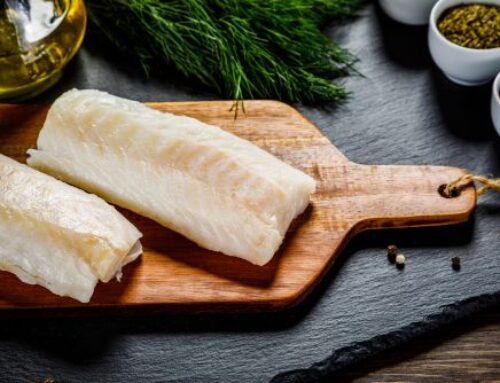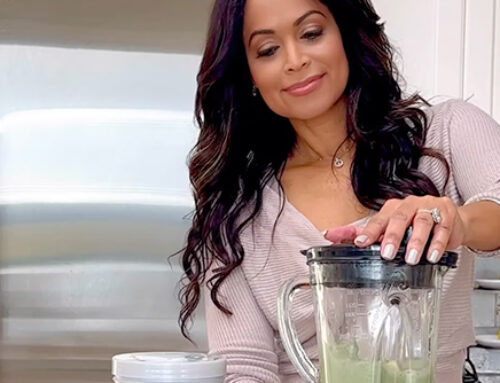1. Essential oils are not oils at all. Without having a fatty acid component, they aren’t actual oils. The emphasis should be applied on “essential,” for these oils or liquids carry the essence of the plants from which their health benefits derive.
2. Essential oils that come from wood help us go deep, they offer peace and clarity, and are often used for mediation and relaxation. i.g., Cedarwood, frankincense, rosewood, sandalwood.
3. The use of essential oils may seem trendy; however, their use can be traced back to ancient civilizations including the Chinese, Egyptian and Greek, along with recorded uses in the Bible.
4. Neroli oil (orange blossom), is one of the most expensive and precious essential oils on the market. The highest quality neroli is the sweetest. The best neroli comes from Tunisia (Africa). Neroli is a common floral base for perfume blending, found in more than 10 percent of scents sold in today’s beauty market. In her guide for healthcare professionals entitled “Aromatherapy Science,” author Maria Lis-Balchin calls neroli euphoric, hypnotic and an aphrodisiac.
5. Almost all essential oils are antifungal, antiviral, anti-inflammatory, antibacterial, and antispasmodic. That said, they can be used for health, for cleaning, and when mixed with carrier oils essential oils are excellent in beauty care.
6. Tea tree oil has a strong smell, but all the qualities of this beneficial oil outweigh the aroma. There are close to 300 varieties of Melaleuca alternifolia, but only one produces the medicinal oil. Tea tree can be used “neat” or if you have sensitive skin it should be used with a carrier oil. From skin issues to depression to cleaning your home, tea tree works. Tea tree is one of the best essential oils to always have in your home.
7. Our sense of smell is the only sense directly tied to the limbic area of the brain – the emotion and memory headquarters. So when essential oils are inhaled, they go directly to the brain. The four other senses must first travel through the thalamus before reaching the brain area.
Aromatherapy really brings all of nature to us in the best possible ways. If you take time to go eye level and inspect all botanicals you will truly see the beauty and what a benefit essentials oils are.
References (3)
– Aromatherapy Thymes, Introducing Tea Tree, Spring 2016
– Keville, K. Aromatherapy, A Complete Guide to the Healing Art, The Crossing press,
USA, (1995).
– Mojay G. Aromatherapy for Healing the Spirit, Henry Holt and Company Inc., England, (1996).
Safety
Do not take any essential oils internally.
Do not use essential oils undiluted on skin.
Test diluted essential oils on skin area before general use.
Use photosensitizing essential oils cautiously. (i.e. lemon, lime, grapefruit)
Consult with a health practitioner before use if pregnant, nursing or suffering from any
medical condition, or taking medication.
Keep essential oils out of reach of children
Do not use essential oils internally.
Less is more – don’t overuse essential oils.
Aromatherapy Thymes magazine at barnesandnoble.com
http://instagram.com/aromatherapythymes





Leave A Comment